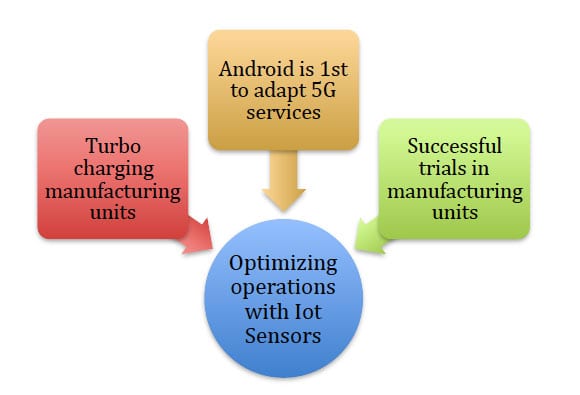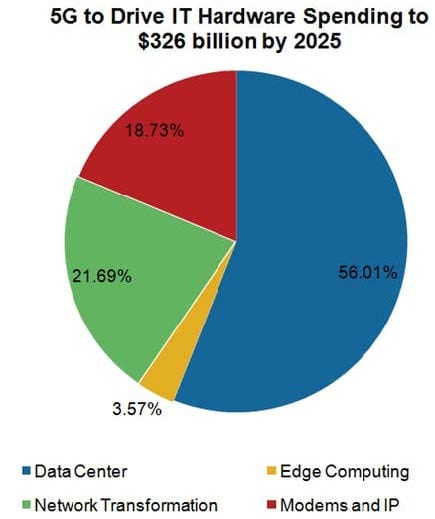South Korea and the USA have already taken the lead in using 5G services in diverse sectors. Nokia has already conducted assembly trials in Oulu, Finland. The impact is already apparent as this disruptive force is geared to alter the way several industries will operate in the future and the manufacturing sector has several opportunities with the arrival of 5G.
Are you prepared to harness this new technology for practical purposes?
Key things to take away from this 5-minute blog post

Brief on 5G
Earlier versions of mobility-focused on speed and connections. With the advent of 5G, the focus shifts to optimizing processes, operations, and customer value. Its reduced latency will push people to meet tighter deadlines. More apps can be used simultaneously from a single device as 5G will eliminate the risks of low connectivity, overload, and data gathering. Plus the entire automation of manufacturing plants is a boon for manufacturers everywhere.
Android is 1st to adopt
Due to being open source, Android has already embraced 5G services. A key part of 5G is network slicing which can deliver a tremendous boost to the manufacturing sector as real-time connections allow operations, admin and logistics staff to coordinate better to serve customers. It thus brings global markets closer to one another across time zones and removes barriers.
5G will Turbo-Charge Manufacturing Units
Earlier versions of mobile technology were not suited to machine learning. The leap towards 5G helps machines and humans to understand and work together better. The infrastructure connection supports a computing edge with automation and new generation apps. It has been suggested that by 2025, nearly 75 million IoT (Internet of Things) devices will be part of the operations of major businesses around the world. This means smart factories are likely to do better commercially with improved data management.
To remain ahead in the curve, Bizop supports 5G infrastructure and can seamlessly handle customer queries even today. While discussing with Bizop, the management pointed out as to how they have already started getting good results with voice search. With 5G voice search will become common which will help businesses grow exponentially.
Optimizing Operations with IoT Sensors
Human tasks will become more complex with continuous control supported by IoT sensors. But with the necessary upgraded skills, people will handle AI and smart devices with few errors. A company like Bizop is already clear that supply chains have improved when using connected IoT devices and are working successfully in this area. For example, it has enabled predictive maintenance in factories and warehouses. As these costs reduce, investments and capital remain steady. In addition, this new generation of connectivity ensures the enhancement of machinery in remote areas.
Successful Trials of This Technology in Manufacturing
Nokia conducted the first technology trials in Oulu, Finland with a fair degree of success. It confirmed that data usage in specific areas reduces latency and improves performance and timelines. Cloud computing and networking helped the team to accomplish its goals. During the trial, an assembly line was kept under watch with a video feed and using machine learning. The operator was able to detect errors and make rectifications in real-time. This illustrates that product life cycles have a better future with 5G connections. This trial also successfully included remote service delivery for customers.
Closing Thought:
Your preparation guide should focus on manufacturing needs and include the following points:
- Digitize operations and include 5G into it.
- If you already use automated processes, it is time to upgrade to 5G.
- Cloud computing and networking is important.
- Research on technology-based opportunities to use in your manufacturing facility.



